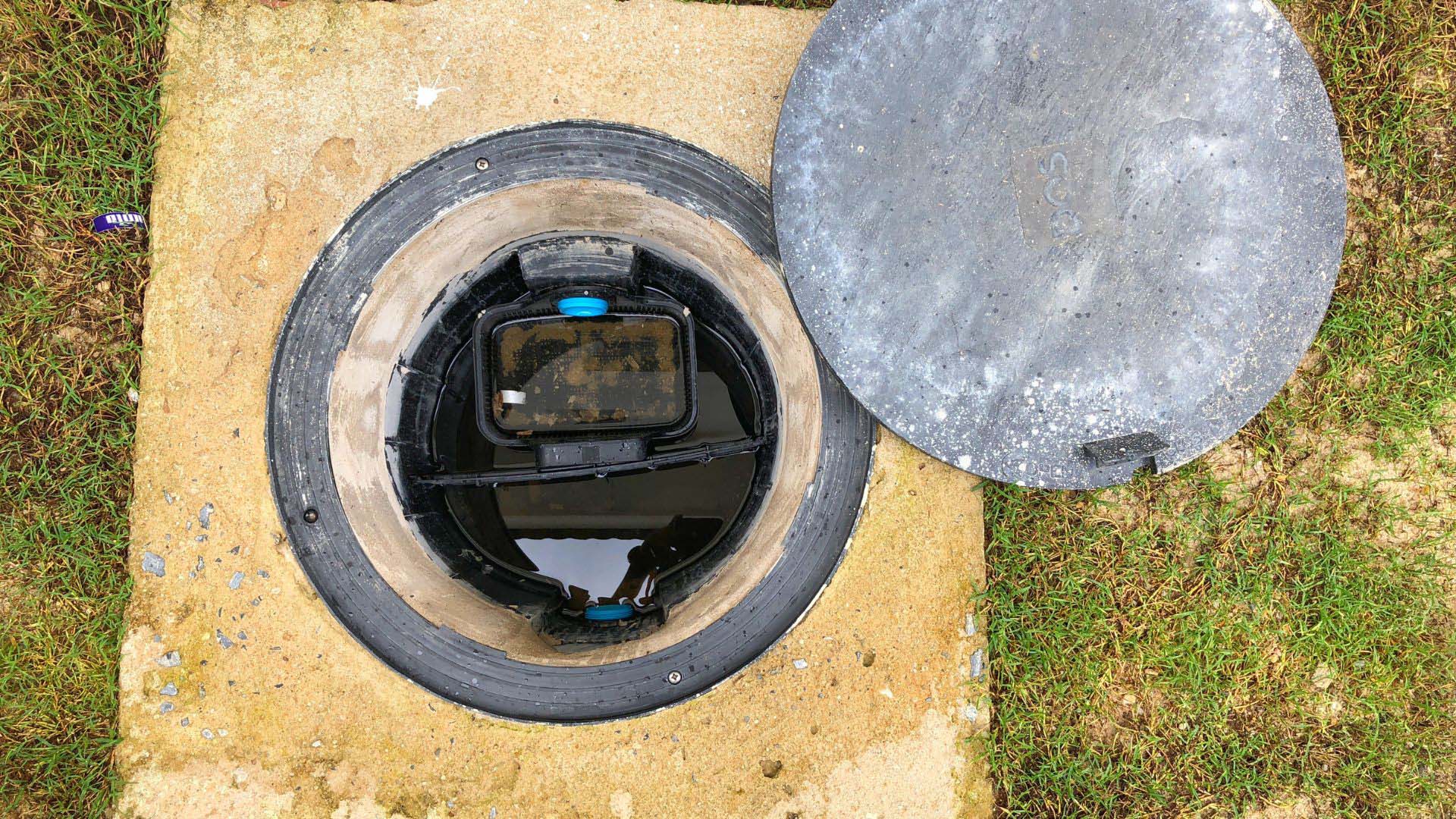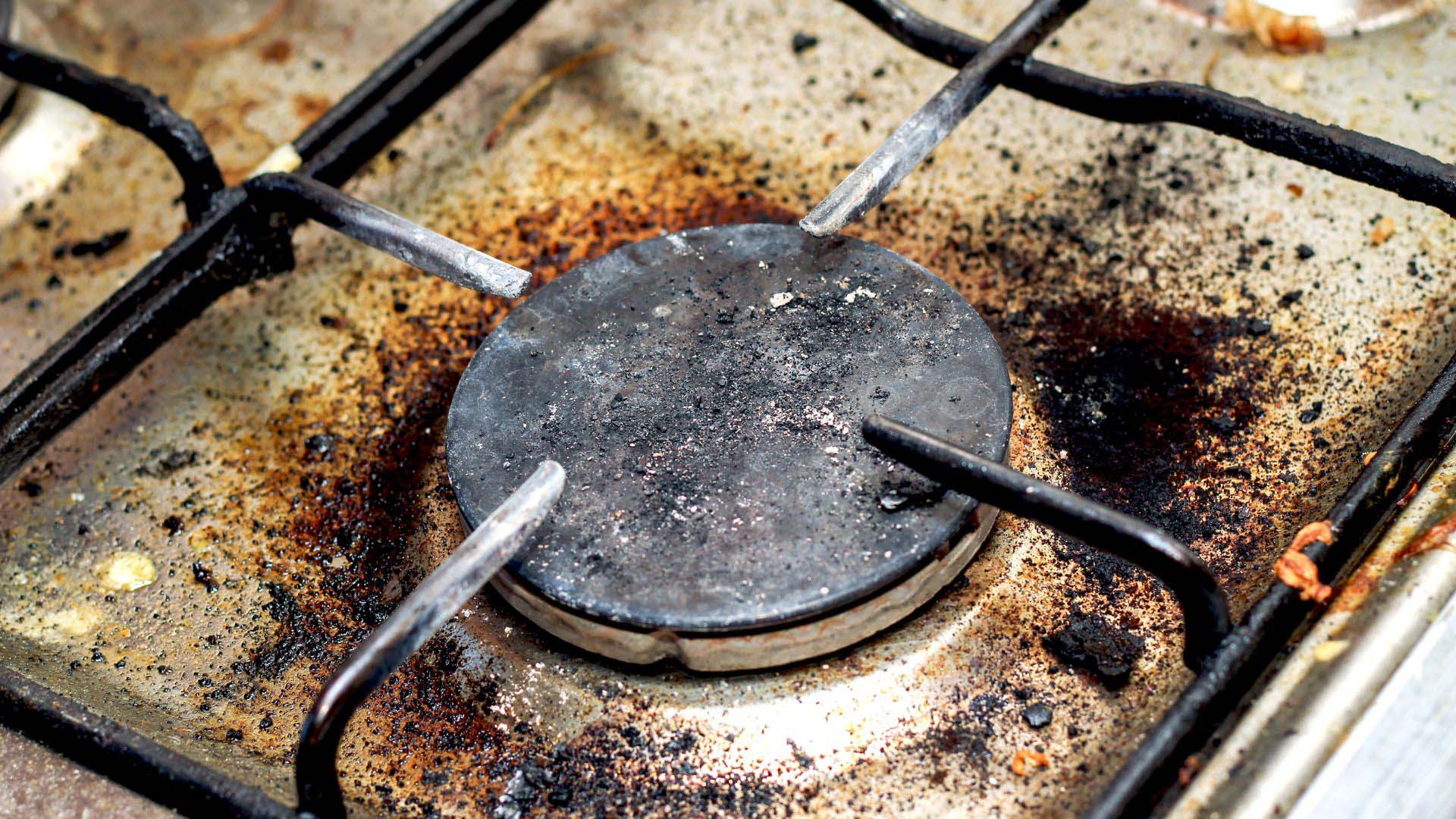A Restaurant Owner’s Guide to Preventing Grease Trap Issues
Are you a restaurant owner with grease trap issues? Well, it might not seem like an “issue” at first. This is because, initially, there may be slower drainage, which can then escalate, resulting in a strange smell. It can disrupt your business by driving away your customers and also make it difficult for your employees to work.
Grease traps ensure your plumbing stays clear and your kitchen is compliant. But all the grease, fats, and oils go down the plumbing system into the grease trap, right? This leads to clogs, in addition to several other issues that may ultimately result in fines or worse, shutting down your business.
Therefore, it is important to understand how to prevent grease trap clogs in restaurants. This guide is for restaurant owners looking to avoid grease trap-related issues. Keep reading to save yourself from unnecessary hassle.
What Do You Need To Know About Grease Traps?
A grease trap may sound like a simple device that sits under your sink, but it plays a very important role in keeping fats, oils, and grease out of your plumbing system. In busy kitchens, FOG builds up fast, which leads to slow drains, bad odors, and backups.
Hence, as a smart restaurant owner, you must follow a reliable restaurant grease trap guide to stay ahead of trouble.
Why It Matters?
- Prevents costly plumbing emergencies and clogs
- Protects municipal sewer systems from FOG overload
- Supports sustainable kitchen and waste management practices
- Ensure compliance with local health and environmental regulations
How Does It Work?
- Wastewater from sinks and dishwashers flows into the grease trap
- Inside the trap, water slows down to allow separation
- Fats, oils, and grease float to the top due to being lighter than water
- Solid food particles settle at the bottom
- The cleaner water layer exits the trap into the sewer system
- FOG remains trapped inside for later removal
Signs Of A Clogged Grease Trap
Here are some of the signs of clogged grease traps -
- Sinks Draining Slow?
Well, that’s one of the most common signs of a clogged grease trap. If you see your sinks draining more slowly than usual, don’t assume that flushing can help. It might be the grease that has over accumulated in the trap and is causing the water to flow slowly.
- A Persistent Stench
A foul odor hanging around the kitchen? When your grease trap’s full, trapped food and fats start breaking down, and the smell is unmistakable. No amount of cleaner and deodorizer can mask it. So, if you smell something rotting, you’re most probably overdue for a cleanout.
- Grease Coming Back Up
Noticing grease bubbling up through drains or pooling near your trap? That’s not a fluke. It means the trap’s full and overflowing. The system’s backed up, and now grease is reversing course. This can lead to serious hygiene issues if ignored.
- Weird Drain Noises
If the pipes are making an eerie gurgling sound, chill, it’s not something paranormal. It’s your drain calling for help. If you hear something bubbling up (just the sound), it means air and water are struggling to pass through an extremely greasy blockage.
- Frequent Plumbing Calls
Talking about red flags, this is one of the common signs! If you notice clogs that occur more frequently, it could point to a grease trap problem that’s being overlooked. If plumbing fixes never seem to last, the real issue might be under your feet!

Preventing Grease Trap
How To Prevent Grease Trap Clogs In Restaurants?
Are grease trap problems common? Yes! Is it preventable? Absolutely, it is. Fats, oils, and grease can solidify in the pipes and the grease trap, which can lead to clogs.
To prevent any costly problems, here’s what you need to follow -
- Schedule regular professional cleanings
- Use sink strainers to catch food solids
- Dry-wipe pans before washing
- Never pour fryer oil down the drain
- Keep detailed cleaning and pumping logs
- Use enzyme-based treatment (as approved)
Maintenance
Regular grease trap maintenance is one of the easiest and effective ways to prevent grease trap issues in restaurant kitchens. Here are some essential maintenance practices every restaurant should follow -
- Follow the 25% rule: Clean the trap when it’s 25% full of FOG
- Set a cleaning schedule: Most restaurants need to survive every 1-4 weeks, as per the volume.
- Hire a certified grease cleaner: A professional ensures proper disposal and helps maintain compliance with local laws.
- Check for visible damage: During cleanups, check for any cracks, corrosion, or internal clogs.
- Note down cleaning in a logbook: Document dates, FOG levels, and the service provider’s details.
- Install easy-access covers: These make routine inspections and cleaning faster and more manageable.
Maintenance can help you find signs of a clogged grease trap, which can be addressed immediately to prevent further damage.
Employee Training
Staff training should be normalized in every restaurant to ensure that the employees are aware of how the grease trap works, why it is important to keep it in good condition, and how to do that. Train the staff to scrape plates, use strainers, and dispose of oil correctly.
In the US, many cities and counties offer FOG training programs for food service workers. These programs include videos, quizzes, and even practical training on disposing of FOG without pouring it into the drains. After completion of the training, they are handed a certification.
Some municipalities may even require training certification for food establishment permits. Enrol new hires in certified courses and conduct refreshers every 6-12 months.
Best Practices To Manage FOG
Managing FOG requires adhering to the best practices. This is important for maintaining clean plumbing, meeting health code standards, and avoiding costly disruptions. Here are some best practices to keep your grease trap functioning effectively.
- Train staff regularly on grease disposal practices.
- Inspect grease traps weekly for overflow or buildup.
- Post FOG disposal guidelines near dishwashing areas
- Avoid using hot water to flush grease, as it can solidify downstream.
- Install sink strainers to catch food solids and prevent drain blockages.
- Dry wipe cookware and dishes before rinsing to remove excess grease.
- Collect used cooking oil in sealed containers for recycling or proper disposal.
How Will You Know Your Septic System Is About To Back Up?
Nobody wants their home's septic tank to back up and cause a serious problem, right? Besides the inconvenience, contaminated water from a sewage backup can cause waterborne infections like Hepatitis A, diarrhea, viral infections, and so on. Plus, fixing a backed-up septic system isn't cheap!
The average septic tank backup cost ranges from $300 to $500 for basic repairs, and that's if you catch it early.
But you don't need to worry, as most septic disasters give you warning signs before they go full-blown. So, here are some red flags to watch out for to know if your home's septic system is about to back up or not!
- Slow drains throughout the house
- Soggy spots near your drain field
- Water is backing up in your bathtub and sinks
- Bad smell of sewage inside your home or in your yard
- Gurgling sounds in the pipes
If you notice these signs, it's best to call a professional septic tank service company to inspect the problem and prevent backups!

Preventing Grease Trap Issues
Is FOG Completely Avoidable?
FOG is a byproduct of cooking, especially in busy restaurant kitchens. So, no, it’s not completely avoidable. Even with the most careful prep and cleanup routines, some FOG will always make its way into your plumbing system.
Though it cannot be eliminated, it can definitely be managed effectively before it causes clogs or backups. You can reduce the impact, and all you need to do is choose the right approach.
What Can You Do?
While good habits and employee training are important, smart kitchen upgrades can make a huge difference in keeping the grease under control. Here are some smart upgrades you can make to your restaurant kitchen.
- Install a grease trap monitor that alerts you when it’s time to clean the trap.
- If your kitchen handles a large volume of cooking, install a larger-capacity or multi-compartment grease interceptor that can handle more waste without frequent cleanings.
- Incorporate Automatic Grease Recovery Units (ARGUs), which can help separate grease before it enters the plumbing. These systems remove FOG continuously and require minimal manual intervention.
These upgrades keep your kitchen compliant and reduce any emergencies that may cost you money and time.
When To Call A Pro?
Even with all the maintenance, you need to call in a professional from time to time. This is because there are certain tasks that only a licensed professional can handle. Certified grease trap professionals clean the traps more thoroughly and also help you stay compliant by educating you on how to prevent grease trap clogs in restaurants.
Here’s how they help -
- Provide documentation required for inspection or audits
- Inspect for damage, leaks, or blockages you might miss
- Perform deep cleanings that remove buildup, hardened grease
- Offer guidance on proper cleaning schedules and best practices
- Recommend upgrades or changes based on kitchen volume and layout
Final Checklist
Here’s a detailed checklist to help you stay on top of your grease trap maintenance and ensure your kitchen stays clean, compliant, and clog-free.
| Task | Frequency | Notes |
|---|---|---|
| Inspect grease trap visually | Weekly | Check for signs of overflow, odor, or slow drainage |
| Clean under-sink grease trap | Every 1-2 weeks | Follow the 25% full rule. Empty before it reaches capacity. |
| Schedule professional pumping | Monthly or quarterly | Depends on volume. Retain service receipts for health inspections. |
| Train new kitchen staff on FOG handling | Upon hiring + refresh | Include dry scraping, oil disposal, and sink strainer use |
| Log all maintenance activities | Every cleaning service | Record date, service type, FOG levels, and he name of the company |
| Review local compliance regulations | Annually | Ensure you’re meeting updated city or county grease management rules |
| Check for equipment upgrades or damage | Quarterly | Inspect ARGUs, lids, interceptors, and consider installing smart monitoring tools |
Takeaway
Grease trap issues can sneak up on even the most organized kitchen. But following a restaurant grease trap guide helps avoid a fine and stay legal. It also helps you avoid costly clogs, surprise inspections, and operational downtime.
This way, you can protect your business and your reputation. Plus, it is advisable to keep a checklist handy to stay consistent with upkeep. Also, don’t hesitate to call a professional when needed.
Need Help With Grease Trap Cleaning Service? Call Advanced Septic Service LLC For Help!
Advanced Septic Service LLC is serving restaurants and commercial kitchens across Sacramento, Placer County, El Dorado, and Yolo Counties. Our certified team ensures your system remains functional and up to code.
FOG is the major reason why restaurant drains and pipes experience clogs more often. In addition to grease trap cleaning and pumping, we also offer septic cleaning, video inspection, and hydro-jetting services!
So, if you see water backing up the drain, minor clogs, a foul smell in and around the sinks, or think that it has been years since the grease trap has been cleaned, call Advanced Septic Service LLC at 916-269-3411!
